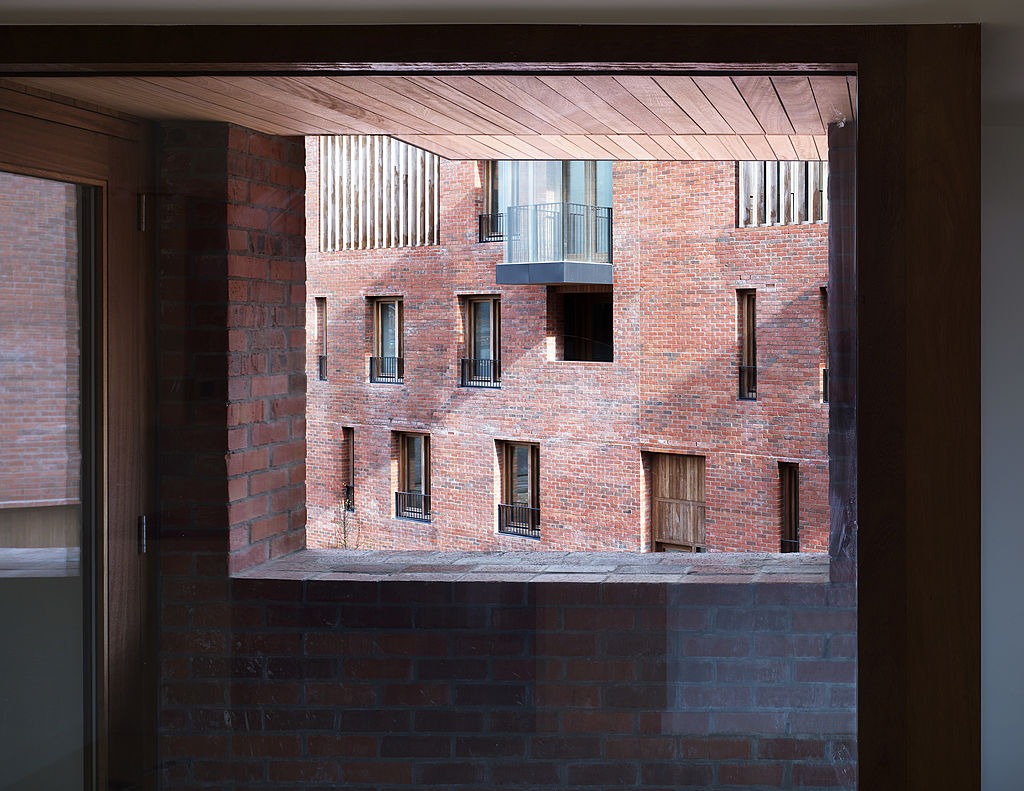Institutional investors from Singapore to Amsterdam, New York, Chongqing, San Francisco, London and Zurich are getting to grips with the finer points of Irish social housing. The biggest names in global finance (and some obscure ones from obscure places) have been moving into Irish social housing at an accelerating pace this year. It’s “the hot space to be in, in commercial real estate in Ireland” said John Hogan, head of commercial property at Leman solicitors. They are attracted by the government’s social housing leasing scheme. This scheme is a 25-year commitment, by the government, to rent social housing from the…
Cancel at any time. Are you already a member? Log in here.
Want to read the full story?
Unlock this article – and everything else on The Currency – with an annual membership and receive a free Samsonite Upscape suitcase, retailing at €235, delivered to your door.

